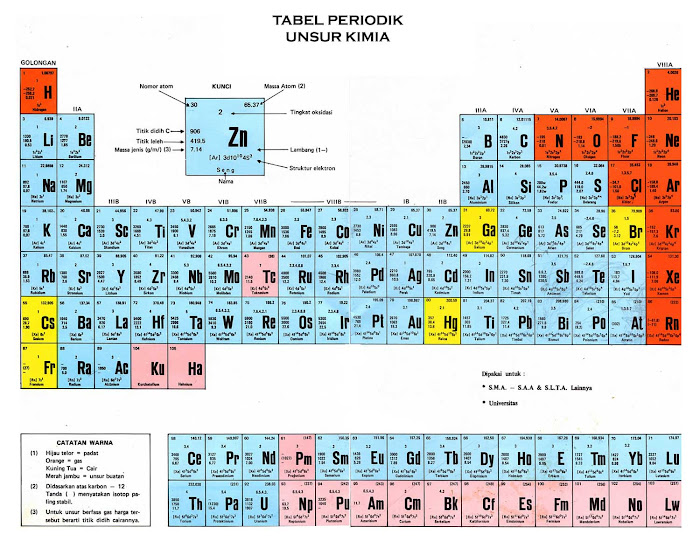Computational Enzymatic Catalysis
Maria J. Ramos* and Pedro A. Fernandes
Requimte, Faculdade de Ciências do Porto, Rua do Campo Alegre 687, 4169-007 Porto, Portugal
Received April 30, 2007
Abstract:
Computational methodologies are playing increasingly important roles in elucidating and presenting the complete and detailed mechanisms of enzymatic reactions because of their capacity to determine and characterize intermediates and transition states from both structural and energetics points of view, independent of their reduced lifetimes and without interfering with the natural reactional flux. These features are turning the field into an active and interesting area of research, involving a diverse range of studies, mostly directed at understanding the ways in which enzymes function under certain circumstances and predicting how they will behave under others.
The accuracy of the computational data obtained for a given mechanistic hypothesis depends essentially on three mutually exclusive factors: the accuracy of the Hamiltonian of the reaction mechanism, consideration of the modulating aspect of the enzyme’s structure in the energetics of the active center, and consideration of the enzyme’s conformational fluctuations and dynamics. Although, unfortunately, it is impossible at present to optimize these crucial factors simultaneously, the success of any enzymatic mechanistic study depends on the level of equilibrium achieved among them. Different authors adopt different solutions, and this Account summarizes the most favored, with emphasis placed on our own preferences.
Another crucial aspect in computational enzymatic catalysis is the model used in the calculations. Our aim is to build the simplest model that captures the essence of the catalytic power of an enzyme, allowing us to apply the highest possible theoretical level and minimize accidental errors. The choice is, however, far from obvious, ranging from simple models containing tens of atoms up to models of full enzymes plus solvent. Many factors underlie the choice of an appropriate model; here, examples are presented of very different modeling strategies that have been employed to obtain meaningful results.
One particular case study, that of enzyme ribonucleotide reductase (RNR), a radical enzyme that catalyzes the reduction of ribonucleotides into deoxyribonucleotides, is one of the examples illustrating how the successive increase of the system’s size does not dramatically change the thermodynamics and kinetics of the reaction. The values obtained and presented speak for themselves in that the only ones that are distinctly different are those calculated using an exceedingly small model, which omitted the amino acids that establish hydrogen bonds with the reactive unit of the substrate.
This Account also describes our computational analysis of the mechanism of farnesyltransferase, a heterodimeric zinc metalloenzyme that is currently one of the most fascinating targets in cancer research. We focus on the present methodologies that we have been using, our models and understanding of the problem, and the accuracy of results and associated problems within this area of research.
Kelebihan :
Kelebihan dari jurnal ini, Padaan katanya mudah dimengerti.Topiknya masih hot!!!!!.Penggunaan kalimatnya tepat
Perpaduan isi dan abstrak saling berhubungan karena abstrak sudah mewakili isi keseluruhan.penyajiannya menarik..
Kekurangan :
Untuk kekurangan saya belum mengerti tentang baik buruknya atau layak tidaknya jurnal tersebut dibaca.tapi dari analisa saya kekuranganya terletak pada judul yang kurang sistematis(terlalu pendek).
Tapi secara keseluruhan sudah sangat bagus !!!!
Senin, 26 Mei 2008
Langganan:
Postingan (Atom)




